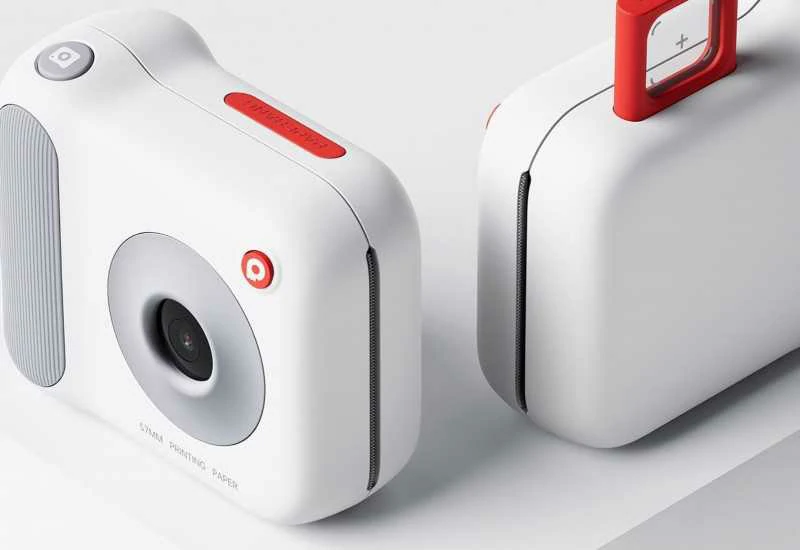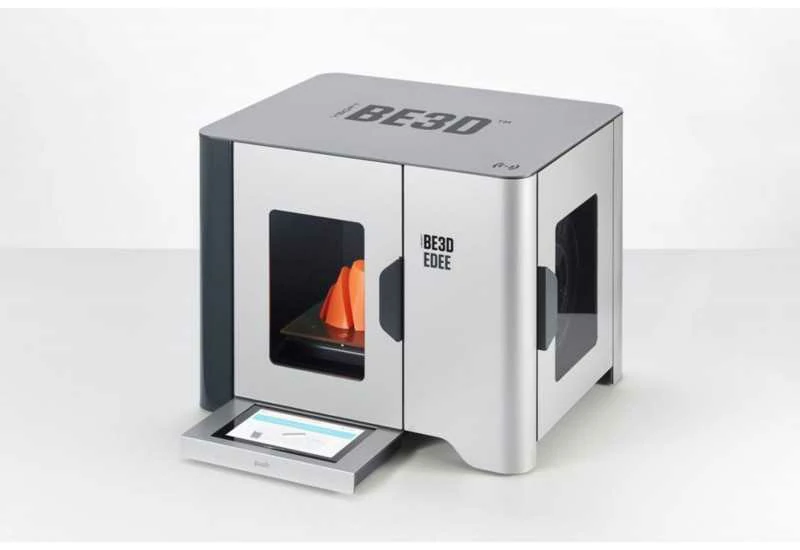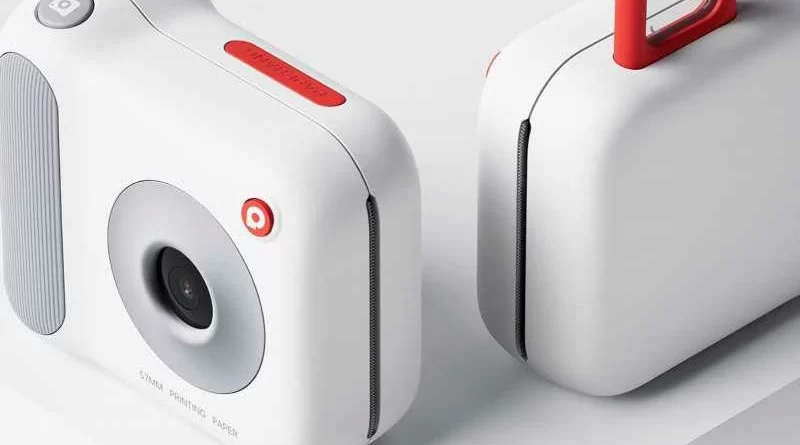3D printing allows us to imagine more than just printing
3D printing has revolutionized the way we bring our imaginations to life. It allows us to do so much more than simply print objects; it enables creativity, innovation, and endless possibilities. This technology has significantly impacted various industries, from healthcare and manufacturing to aerospace and art. In this article, we will explore the multifaceted world of 3D printing, delving into its diverse applications and the boundless potential it offers.
—
Advancements in Medicine
One of the most significant areas where 3D printing has made a profound impact is in the field of medicine. The technology has enabled the creation of customized prosthetics, implants, and even human organs. By utilizing patient-specific data, such as CT scans and MRIs, medical professionals can fabricate implants and prosthetics that perfectly fit the individual’s anatomy. This level of customization not only enhances the functionality of these medical devices but also contributes to the overall well-being and quality of life for patients.
In addition, 3D bioprinting has opened new frontiers in regenerative medicine by allowing the fabrication of living tissue and organ constructs. Researchers have made remarkable strides in bioprinting tissues like skin, cartilage, and even heart tissue. While the technology is still evolving, the potential for growing organs for transplantation holds immense promise for addressing the global organ shortage crisis. The ability to engineer replacement organs using a patient’s own cells also reduces the risk of rejection, marking a significant advancement in the field of organ transplantation.
Transforming Manufacturing and Supply Chain
The manufacturing landscape has been substantially transformed by the advent of 3D printing. Traditional manufacturing processes often involve significant material waste and lengthy production times. With 3D printing, manufacturers can achieve greater efficiency and flexibility in their operations. The technology allows for on-demand production, enabling companies to manufacture parts and products as and when they are needed, eliminating the need for large inventories and reducing the associated carrying costs.
Moreover, 3D printing has facilitated the design and production of complex geometries that were previously impossible or cost-prohibitive to create using traditional methods. This has led to advancements in lightweight structures, intricate designs, and customizable products. Industries such as aerospace and automotive have leveraged 3D printing to produce lighter components, leading to improved fuel efficiency and performance. Additionally, the technology has streamlined the supply chain by enabling decentralized manufacturing, which can reduce lead times and transportation costs, ultimately contributing to a more sustainable future.
Unleashing Creativity in Design and Architecture
Architects, designers, and artists have embraced 3D printing as a medium for pushing the boundaries of creativity. The technology allows for the rapid prototyping of architectural models and intricate designs, enabling professionals to visualize and refine their concepts with greater precision. From concept models to detailed building components, 3D printing has become an indispensable tool in the realm of architecture and design.
Moreover, artists and sculptors have harnessed the potential of 3D printing to bring their imaginative visions to fruition. The ability to translate digital designs into tangible, three-dimensional artworks has sparked new forms of expression and pushed the boundaries of traditional art forms. Sculptures, installations, and interactive art pieces created through 3D printing showcase the fusion of technology and art, captivating audiences and challenging perceptions of what is possible within the artistic realm.
Empowering Education and Research
3D printing has become an invaluable asset in educational institutions and research facilities. It serves as a powerful educational tool, allowing students to better comprehend complex concepts in science, engineering, and design. By creating physical representations of abstract ideas, 3D printing facilitates hands-on learning experiences, sparking curiosity and innovation in learners of all ages.
In research settings, 3D printing has accelerated the development of prototypes, custom lab equipment, and experimental models. Scientists and researchers can fabricate specialized tools and apparatus tailored to their unique experimental needs, expediting the pace of discovery and innovation. Furthermore, the ability to create precise anatomical models and replicas has enhanced medical training and surgical preparation, ultimately improving patient outcomes and safety.
Environmental Sustainability and Recycling
As the world grapples with environmental challenges, 3D printing offers a promising avenue for sustainable manufacturing practices. Additive manufacturing processes can minimize material waste by utilizing only the necessary amount of raw materials to create objects, in contrast to subtractive manufacturing methods that produce significant waste during machining and shaping processes. Additionally, 3D printing enables the use of recycled materials, such as plastic filaments derived from post-consumer plastics, contributing to the circular economy and reducing the environmental impact of plastic pollution.
Furthermore, localized production made possible by 3D printing can reduce the carbon footprint associated with global shipping and distribution. By manufacturing goods closer to the point of consumption, the technology has the potential to mitigate the environmental costs linked to long-distance transportation, thereby supporting sustainability initiatives and reducing greenhouse gas emissions.
Conclusion: A World of Endless Potential
In conclusion, 3D printing has transcended the realms of mere object replication, evolving into a catalyst for innovation, personalization, and sustainability across diverse sectors. From enhancing healthcare and transforming manufacturing to inspiring creativity and advancing education, the impacts of 3D printing continue to reverberate throughout society. As technology continues to advance and barriers are overcome, the potential for 3D printing to shape a more efficient, creative, and sustainable world becomes increasingly apparent. The journey of 3D printing is still unfolding, and the possibilities it presents are limited only by the bounds of imagination. With each new breakthrough, the horizon of possibilities expands, ushering in a future where the imaginable becomes attainable through the power of 3D printing.



